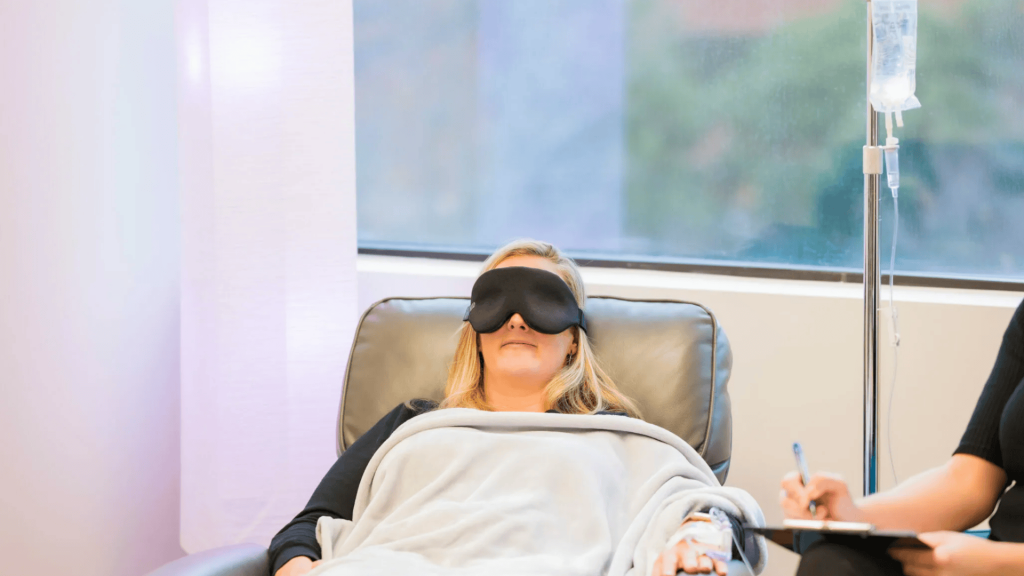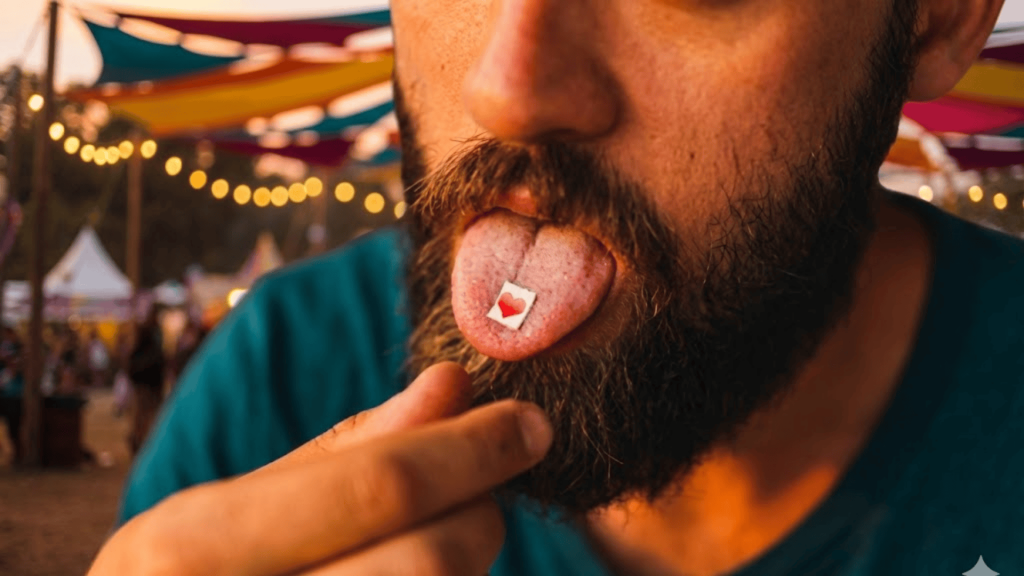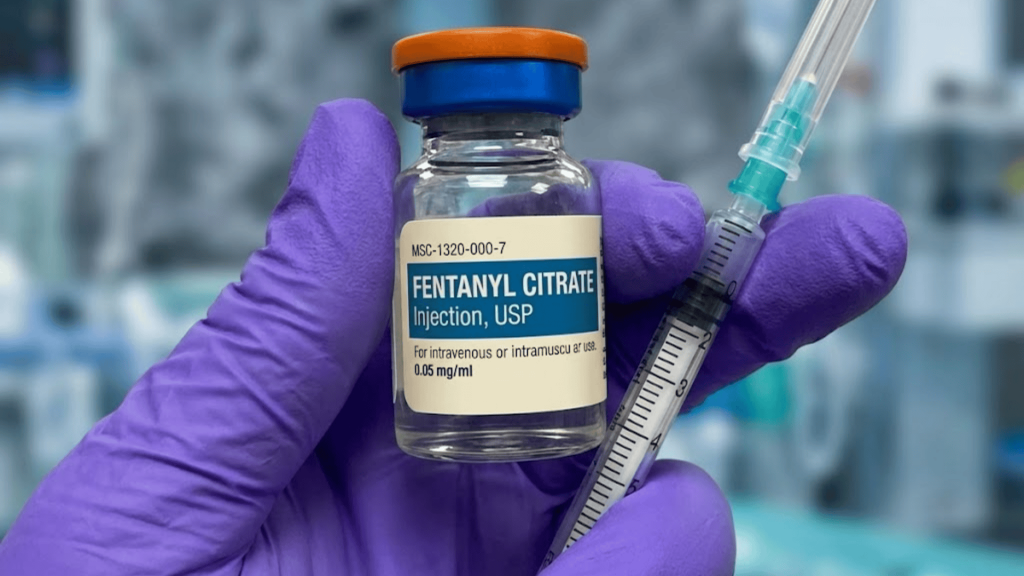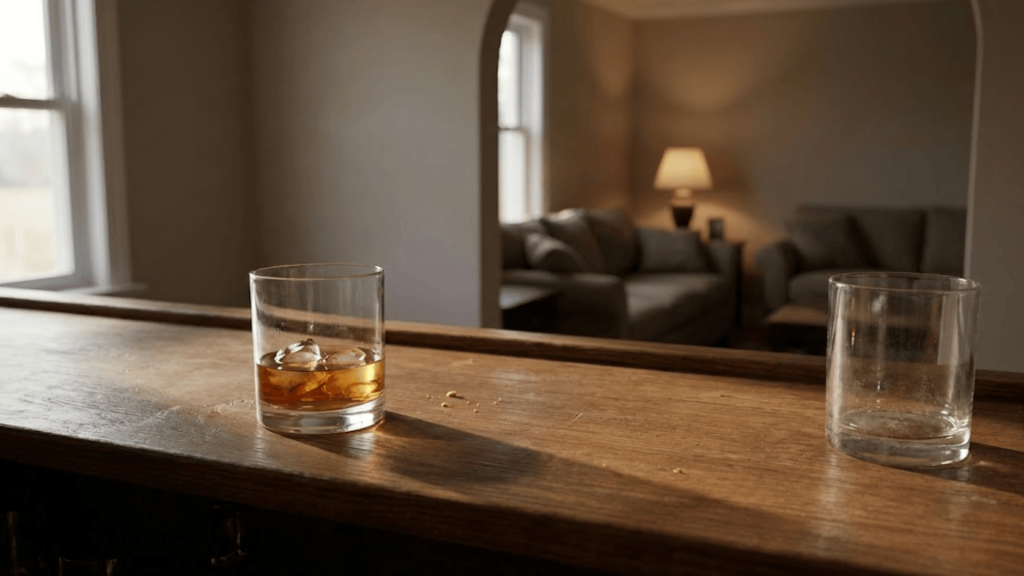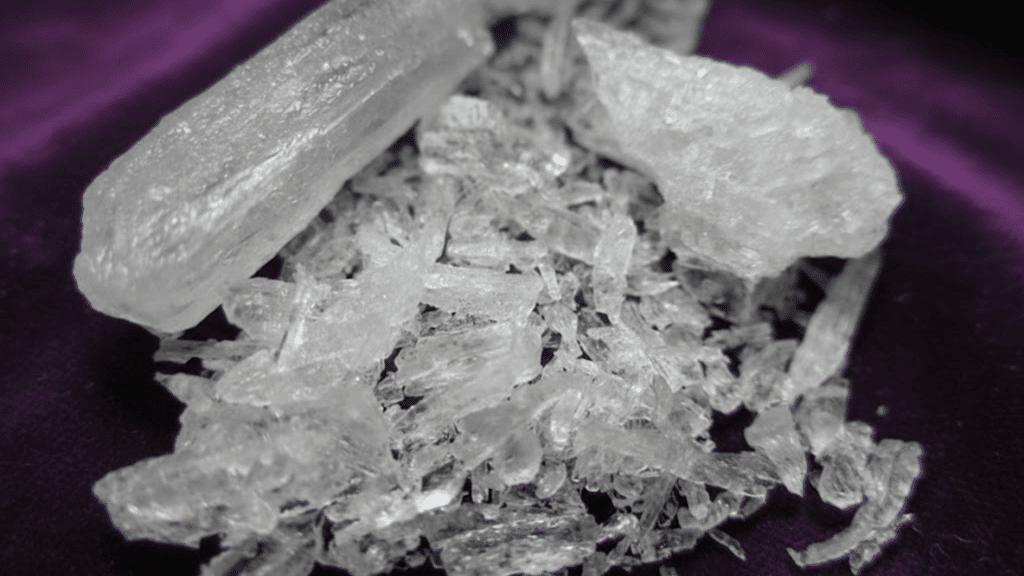You may have heard that Ketamine therapy is all about getting high. I’ve seen that concern pop up a lot.
Let’s be clear: the goal of ketamine therapy isn’t euphoria or escape. It’s healing. You’re not there to chase a “buzz.” You’re there to address deep-seated emotional or psychological pain in a safe, guided setting.
Today, I’ll walk you through what the experience actually feels like, how it works in the brain, and why it’s very different from recreational use.
If you’re thinking about this therapy, or just curious, you’ll get a clear picture and decide if it may be right for you.
This article is for informational purposes only and is not a substitute for professional medical advice, diagnosis, or treatment. Do not attempt to use or self-administer ketamine outside medical supervision, as misuse can lead to serious health risks.
What Does “Getting High” Mean in Context?
First, let’s define what “getting high” usually means.
- Recreational high: a sense of intoxication, escape, altered reality, euphoria.
- Often, no supervision, no therapeutic intent, may include risks.
In a medical setting like ketamine therapy, the context shifts. You’re under professional care. The intent isn’t to get “high” in the party sense, it’s to produce a controlled, therapeutic dissociation.
You may feel slightly detached from your body or thoughts, or experience calmness, but the aim is insight and healing, not just pleasure or escape. That’s an important distinction.
The clinician monitors dosage, environment, and your mindset, and the aim is to help you, not to entertain you.
What Ketamine Therapy Actually Feels Like?
Here’s what people typically feel and what you might expect, though everyone’s experience will vary a bit.
Physical and Emotional Sensations
In many cases, clients describe sensations like:
- A light floating feeling or a sense of weightlessness.
- Mild detachment from the body or from usual mental chatter.
- A calm or peaceful emotion, sometimes even unfamiliar stillness.
- Occasionally, a subtle euphoria, yes, but framed as therapeutic relief, not a party high.
In my experience, hearing from treatment-centres, the feeling of slight euphoria often comes after the session or during the gentle “drift” period, not the kind of high you’d chase.
It’s more like your brain finally taking a break from the constant loop of pain or anxiety.
You’re not out of control. You’re supported. You’re not trying to escape reality; you’re using the moment to shift your relationship with it.
Duration and After-Effects
A typical session lasts 40–60 minutes or so (depending on the clinic). After the main effects, you might feel a lingering sense of calm or clarity.
You’re monitored until you’re steady. The next few hours may involve reflection, journaling, or downtime.
It’s common to feel a bit “soft” or emotionally open the day after, like you’ve cleared a layer of fog. You won’t feel buzzed like after recreational drugs, more like lighter.
Because the intent isn’t to get high, the after-effects are professional, planned, and grounded. The goal is to integrate what you felt into your everyday life.
How Ketamine Works in the Brain?
Here’s a simple version of what’s going on in your brain during therapy.
Ketamine works on the glutamate system, specifically the NMDA receptors. These are part of how your brain processes information and adapts.
By modulating these receptors, ketamine encourages neuroplasticity: the brain’s ability to change and form new connections.
In therapy, the mild dissociation you experience helps disrupt entrenched negative thought-patterns or emotional loops. When you’re slightly detached, your brain can step outside usual pathways.
It’s like hitting reset. Then the increased neuroplasticity means you have a better chance of forming healthier mental habits.
So yes, the effects can feel powerful, but the aim isn’t a thrill ride. It’s to open a window of newfound possibility for healing.
Medical vs. Recreational Ketamine Use
Let’s compare two very different uses of the same substance.
| Aspect | Medical Use | Recreational Use |
|---|---|---|
| Dosage | Low, controlled sub-anesthetic doses | Higher, unpredictable doses |
| Setting | Clinical environment under professional supervision | Unsupervised, social, or private settings |
| Monitoring | Vital signs tracked; medical staff present | None; risk of overdose or physical harm |
| Intent | Healing, therapeutic insight, treating depression, PTSD, or anxiety | Escapism, euphoria, dissociation |
| Integration | Follow-up therapy and reflection included | No structured follow-up or psychological support |
| Safety Level | High, with safeguards in place | Low, with potential for psychological and physical risks |
| Common Risks | Temporary dizziness, mild dissociation, nausea | Disorientation, “K-hole,” bladder damage, addiction potential |
| Overall Purpose | Symptom relief and mental health improvement | Recreational intoxication or altered state seeking |
As I see it, the comparison is like the difference between a guided nature hike and accidentally wandering into risky terrain. The substance is the same, but the purpose and structure are completely different. That’s why therapy use is not equivalent to abuse.
Is It Safe and Could You Get Addicted?
Clinically supervised ketamine therapy comes with safety protocols. You’re screened for conditions like uncontrolled hypertension, certain heart issues, or active substance misuse.
During the session, you’re monitored. The environment is calming and supportive. All of this reduces risk significantly.
Research shows that when ketamine is used in this controlled way, the risk of addiction is very low. A peer-reviewed review titled “Is There a Risk of Addiction to Ketamine During the Treatment of Depression?” (Juruena et al., 2022) found only a few isolated cases of dependence among more than 2,000 patients treated in medical settings.
The context of medical oversight, low doses, and therapeutic intent makes a big difference.
Misuse, however, changes everything. Recreational use carries higher risks of dependency, bladder and urinary issues, and cognitive problems. That’s a different scenario altogether.
Therapy is safe when done correctly and with the right provider. But like any medical intervention, it’s not for everyone, and misuse is not what therapy is about.
Who is (and isn’t) a Good Candidate?
You might ask: “Is this treatment for me?” Here’s a quick guide:
Good candidates typically include:
- People with treatment-resistant depression.
- Those with PTSD or complex trauma who haven’t improved with other therapies.
- Individuals with OCD or chronic anxiety, in certain cases.
Not good candidates may include:
- People with uncontrolled medical conditions (e.g., serious heart disease, high blood pressure).
- Those currently struggling with heavy substance use or addiction, unless that is under treatment.
- Individuals with certain psychotic disorders, where dissociation may pose an extra risk.
Always consult a licensed clinic and a qualified professional before moving ahead.
What Happens Before, During, and After a Ketamine Therapy Session

Here’s the flow of a ketamine therapy session from start to finish:
Before: You’ll probably have an intake appointment. You’ll talk about your mental health history, current meds, and mindset. The clinician may ask you to eat lightly beforehand, avoid alcohol, and come with an open mind. Preparing your mindset helps you get the most benefit.
During: You arrive at the clinic. The environment is calming: soft lighting, comfortable space. You lie or sit back. The medication is administered (often via IV or nasal spray). You might wear headphones, listen to guided music, or stay quiet.
Over 40-60 minutes, you’ll feel the sensations we talked about: slight detachment, calm, maybe mild euphoria. A clinician stays nearby. You’re supported. At the end, you’re monitored until you’re ready to move.
After: You’ll have a short recovery period. You might feel reflective, emotional, or calm. The next day you may journal or discuss your experience with your therapist.
Integration is key, using what you feel to shift your life. You’ll often continue therapy or support alongside this treatment. It’s not just about the one session; it’s what you do after that that matters.
Common Misconceptions About Ketamine Therapy
| Myth | Reality |
|---|---|
| “It’s just legal drug use.” | This is a medically supervised, therapeutic intervention with purpose and oversight. |
| “It’s unsafe or addictive.” | In therapy settings, risk is low. The purpose is treatment, not recreation. |
| “You’ll lose control.” | You remain conscious and supported. The experience is guided, and you’re in a safe space. |
Getting accurate information matters. If someone tells you it’s just a high, ask: “What’s the dose? What’s the intent? What’s the setting?” Because those details make all the difference.
Wrapping Up
The dissociative and calming experience you may feel during ketamine therapy isn’t about getting high in the usual sense. It’s a tool for healing, enabled by a controlled setting, clear intent, and professional support.
If you’re considering this therapy, seek a licensed clinic, ask about their preparation and integration process, and check that your mindset is aligned with healing, not escape.
You don’t have to chase a buzz. What you want instead is shift, relief, and a chance to rewire your story.
When used intentionally, ketamine therapy offers hope. And that’s a powerful thing to work toward.
Frequently Asked Questions
How long do the effects of ketamine therapy last?
Effects from a single ketamine infusion can appear within hours and last days to a week, but many patients require multiple sessions or maintenance treatments for sustained benefit.
Is ketamine treatment safe and could I become addicted?
Under medical supervision, ketamine therapy is generally safe with low addiction risk; however, unsupervised recreational use carries much higher risks of misuse and dependency.
Will I be unconscious during a ketamine infusion session?
No, in therapeutic settings, you typically remain awake or lightly dissociated, not fully anesthetized; healthcare staff monitor you throughout the session.

